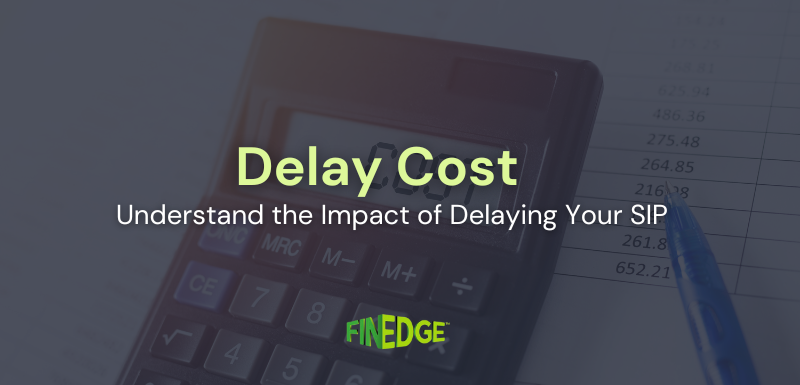Are Mutual Fund SIP Investments Low Risk?
- SIPs reduce volatility, but do not eliminate market risk.
- Equity SIPs are not 'low risk'—they carry equity market exposure.
- Long-term investing reduces risk significantly.
- Disciplined SIP investing improves outcomes over time.
Many first-time investors believe that SIPs are a low-risk way to enter the market. But is that really true? The idea that SIPs offer guaranteed safety can be misleading, especially if the underlying fund is equity-oriented. This blog breaks down the real risk profile of SIPs and helps you understand how they work in volatile markets.
What Makes SIPs Popular Among Retail Investors
Systematic Investment Plans (SIPs) have seen a meteoric rise in popularity among retail investors. Between April 2016 and April 2018, monthly SIP contributions more than doubled; from ₹3,122 crores to ₹6,690 crores.
Several factors drove this surge:
-
Strong equity fund performance post-2014
-
Investor education campaigns like “Mutual Funds Sahi Hai”
-
Regulatory focus on transparency and protection
However, in this wave of optimism, many investors have started assuming that SIPs are completely safe or risk-free. That’s where the perception needs correction.
Do SIPs Really Reduce Risk?
SIPs do help reduce the volatility of returns through rupee cost averaging. Here’s how:
-
You buy more units when markets fall.
-
You buy fewer units when markets rise.
This smooths your average cost over time, especially in volatile funds like equity mutual funds. But make no mistake, SIPs do not change the nature of the underlying fund.
If your SIP is in an equity fund, you are still exposed to equity market risk. This means:
-
Short-term drawdowns are possible.
-
Market corrections can affect your portfolio even with SIPs.
The Real Risk Profile of Equity SIPs
While SIPs can protect you from timing the market poorly, they cannot eliminate risk altogether. Here’s what you need to remember:
-
SIPs are not linear like fixed deposits.
-
They don’t provide predictable returns in the short term.
-
Your investment value may stay flat, or even fall, for months during bear phases.
That said, long-term SIPs (7–10+ years) in equity funds historically have had an almost negligible chance of delivering negative returns.
Pro Tip
SIPs reduce average entry cost and emotional bias, not the inherent risk of the fund category.
How to Choose the Right SIP Based on Risk Appetite
To align your SIPs with your comfort for risk:
-
Choose debt fund SIPs if you prefer capital preservation.
-
Choose balanced or hybrid funds for moderate volatility.
-
Choose equity SIPs only if you can stay invested long-term and absorb market swings.
You can also diversify across fund types to manage risk more holistically.
Final Thoughts
It’s a myth that all SIPs are completely low-risk and can lead to unrealistic expectations. The risk depends on the underlying mutual fund. While SIPs reduce volatility and improve investment behaviour, they do not eliminate market risk, especially in equity funds. For long-term wealth creation, SIPs remain a powerful tool but only when approached with realistic expectations and a disciplined mindset.
FAQs
Your Investing Experts
Continue Reading
Cost of Delay in Investment: Why Starting Early Matters
Many investors assume that postponing their SIP temporarily has a minor impact. In reality, the true loss comes from the compounding opportunity that disappears with every missed month. A consistent approach is far more powerful than trying to compensate later by investing larger amounts.
How to Cancel Your SIP Online: A Step-by-Step Guide
Stopping a Systematic Investment Plan (SIP) is simple but following the right steps ensures your cancellation request is processed smoothly without delays.
How to Build a ₹1 Crore Portfolio: A Practical Guide for Indian Investors
Reaching ₹1 crore isn’t about luck or timing, it’s about discipline, consistency, and the patience to let compounding work in your favor.
.png)

.png)
